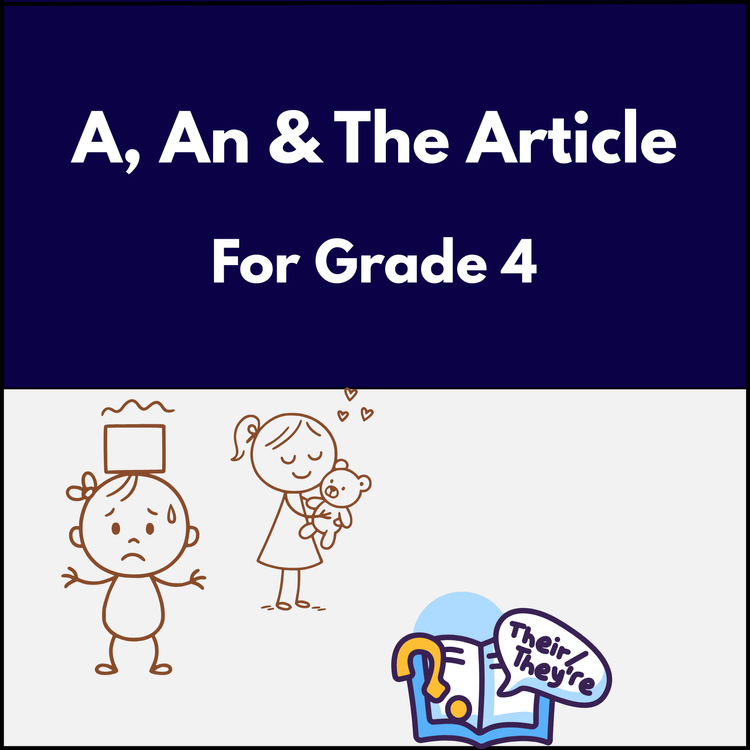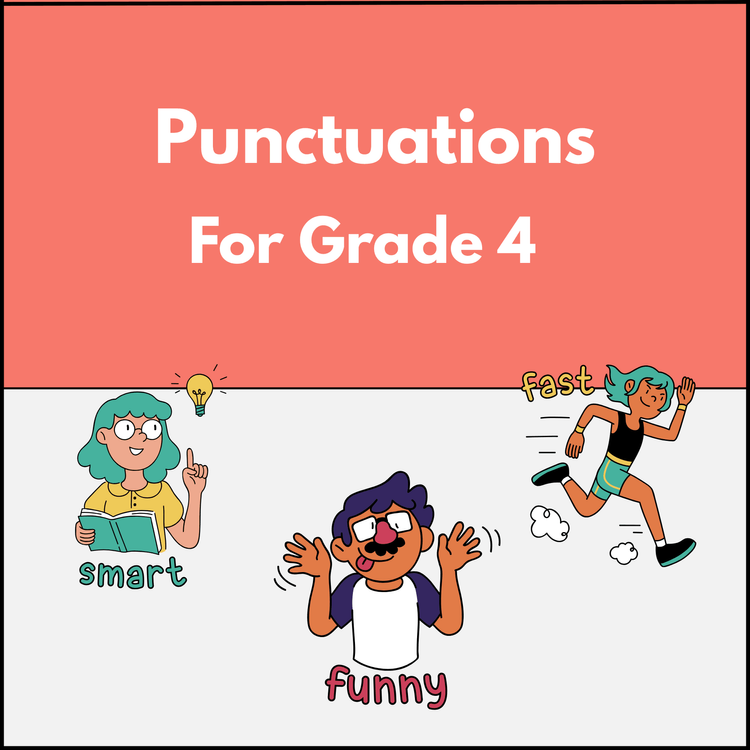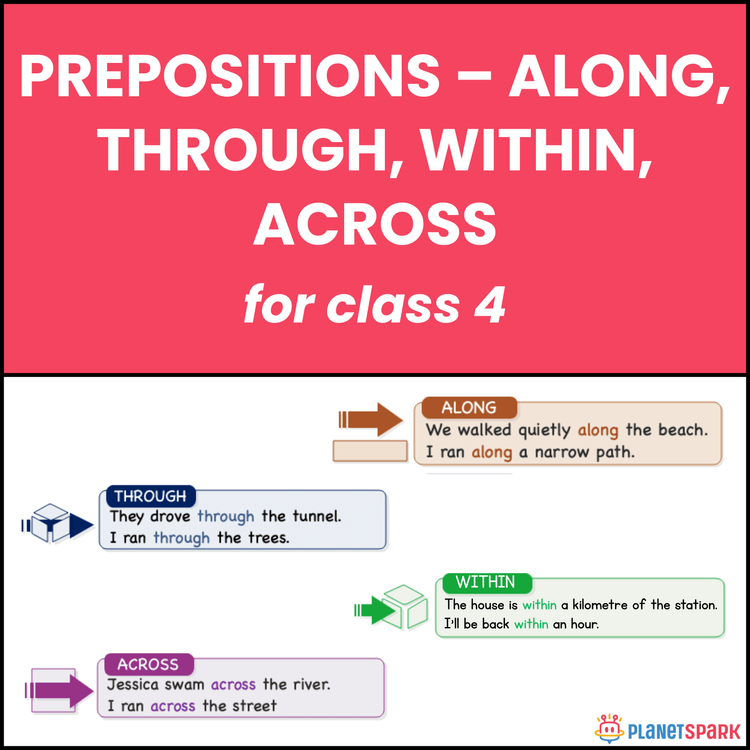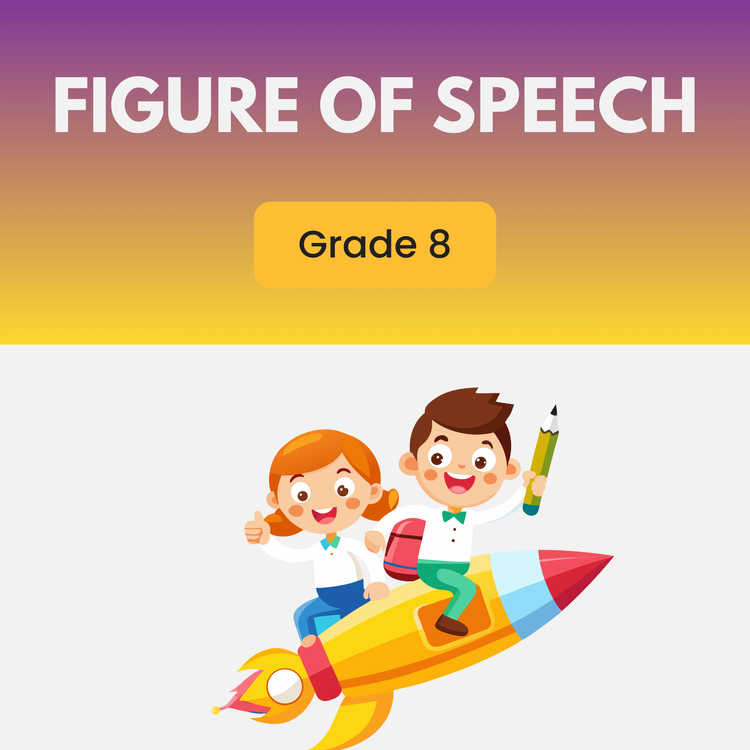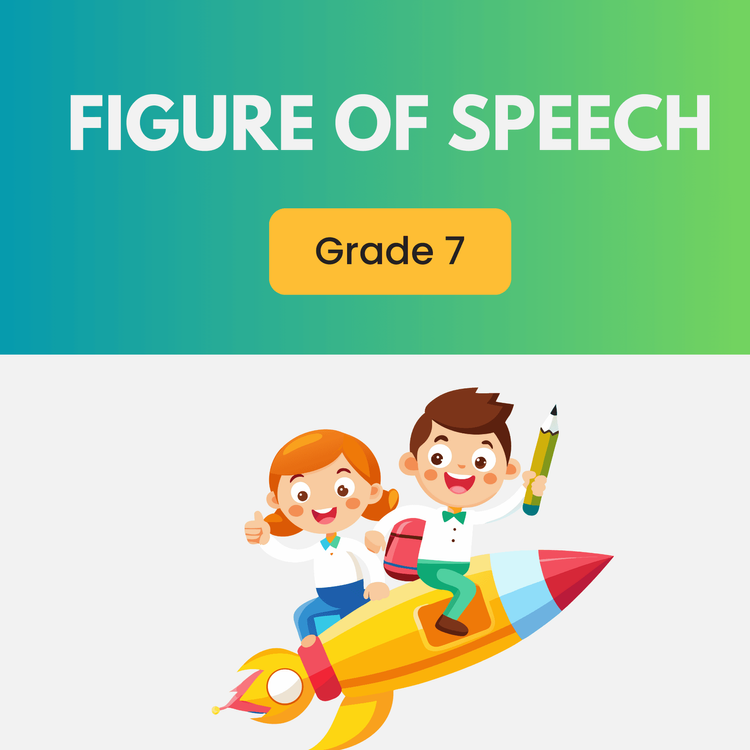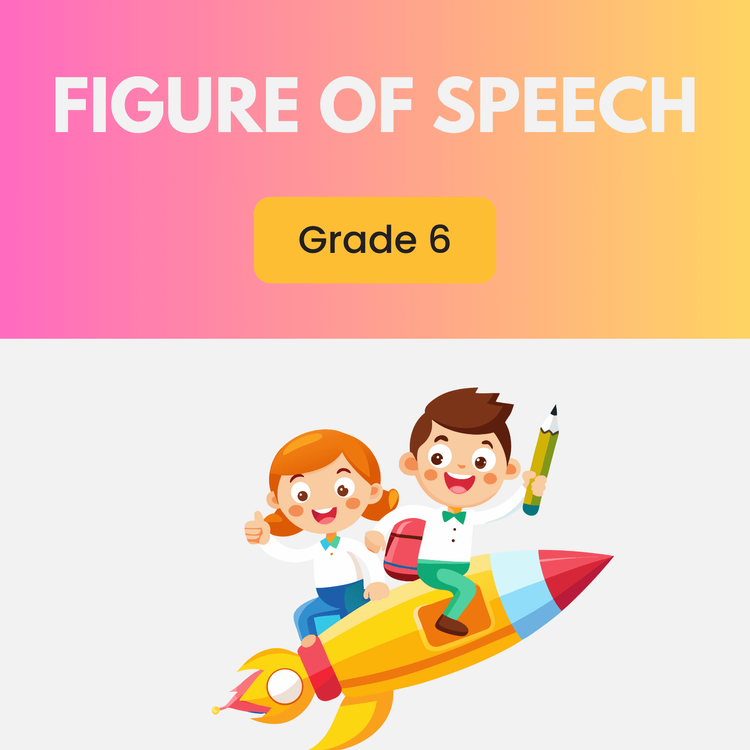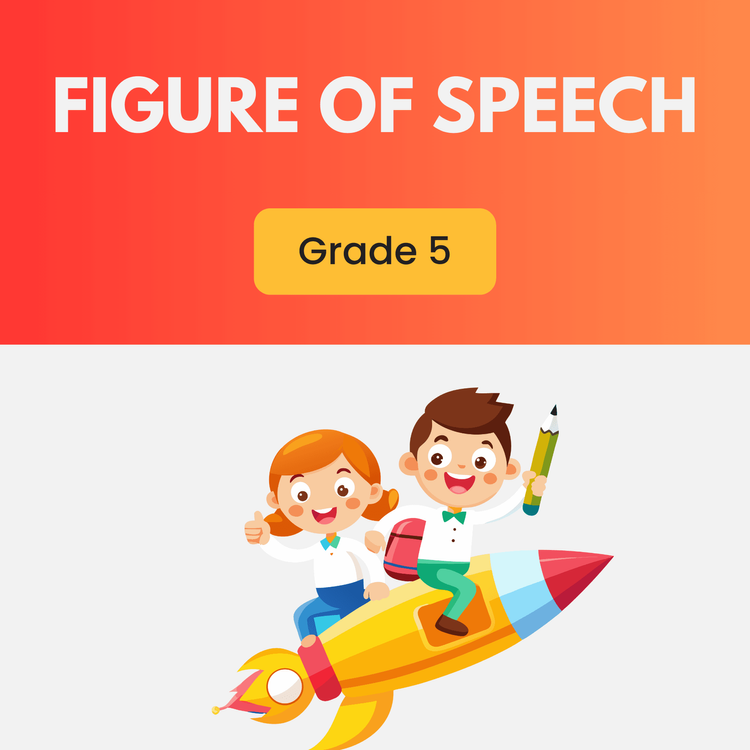Figure of Speech Worksheet For Class 4
Communication SkillsClass 4Free DownloadPDF
Ankita SinghVisit Profile
Ankita Singh – CTE Specialist & Educator
Ankita Singh, a post-graduate with a specialization in CTE, brings over 8 years of teaching experience, including 4+ years with PlanetSpark. She has been empowering children worldwide with effective communication and learning skills, fostering confidence and growth in every student.
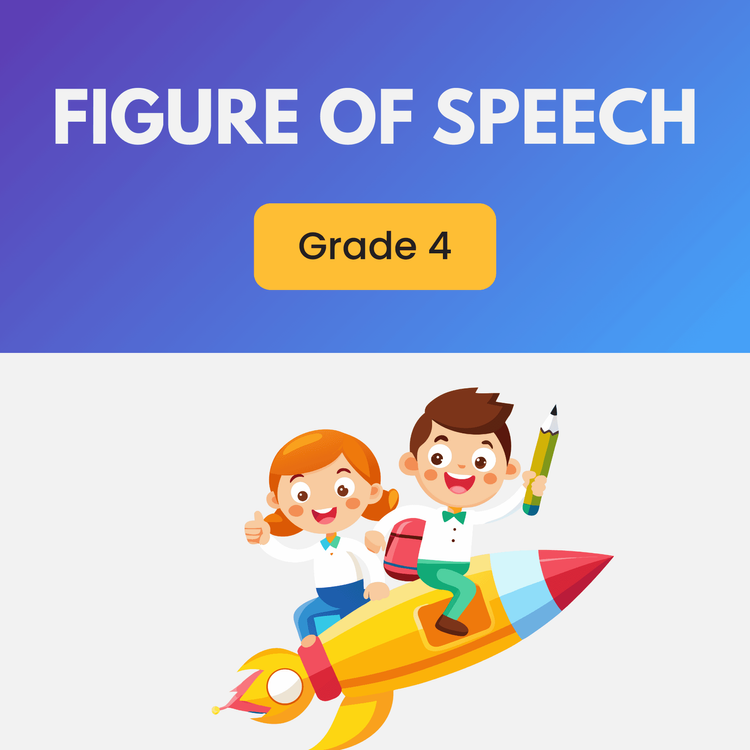

Figure of Speech Worksheet For Class 4
Communication SkillsClass 4Free DownloadPDF
Ankita SinghVisit Profile
Ankita Singh – CTE Specialist & Educator
Ankita Singh, a post-graduate with a specialization in CTE, brings over 8 years of teaching experience, including 4+ years with PlanetSpark. She has been empowering children worldwide with effective communication and learning skills, fostering confidence and growth in every student.
This Figure of speech worksheet for Class 4 introduces learners to the most common figures of speech used in poetry and storytelling. Students explore how writers compare objects, exaggerate actions, and give human traits to non-living things.
Importance of Learning Figures of Speech
Figures of speech make language richer, more expressive, and more imaginative. They help Class 4 learners improve descriptive writing, vocabulary, and comprehension. Understanding these forms builds a strong foundation for poetry, essays, and creative writing.
What This Worksheet Includes
This worksheet includes:
MCQs, fill-in-the-blanks, and matching exercises covering simile, metaphor, personification, hyperbole, and alliteration.
Each question is designed to help students recognise figurative expressions in context.
✅ ANSWER KEY
Choose the correct figure of speech
Her smile was as bright as the sun. → Simile
The leaves waved at us as we walked by. → Personification
She cried a river. → Hyperbole
His words were music to my ears. → Metaphor
Peter picked purple plums. → Alliteration
Fill in the blanks
as busy as a bee
The leaves danced in the wind.
outrun a rocket
His words were music to my ears.
whistled wide the window.
Match the following
1-A (Simile)
2-B (Personification)
3-C (Metaphor)
4-D (Hyperbole)
5-E (Alliteration)
6-G (Personification)
7-F (Metaphor)
8-B (Personification)
9-F (Metaphor)
10-I (Hyperbole)
Frequently Asked Questions
This worksheet helps children identify simile, metaphor, personification, hyperbole, and alliteration through simple exercises. It strengthens early figurative language understanding.
By exposing children to expressive language, it helps make their writing more creative. Students learn how comparisons and descriptive tools bring sentences to life.
Yes, all questions are age-appropriate and easy to understand. Each example guides students to recognize figures of speech naturally.
Parents can read sentences aloud and explain the comparison or action. This builds clarity and makes learning interactive.
Most students can finish it in 15–20 minutes. It can also be used as a quick revision tool.
